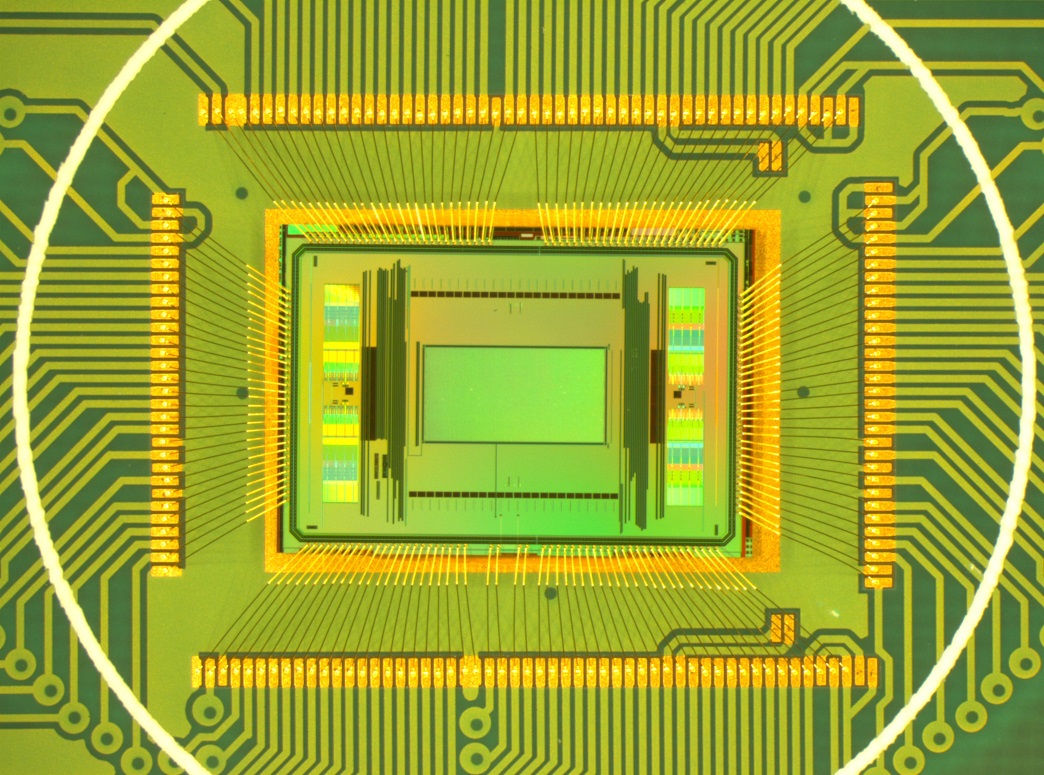New dual-mode microelectrode system published in "Nature Communications"
New CMOS microelectrode system, featuring two simultaneously operated readout modes - full frame and switch matrix - for studying electrical activity and interaction of thousands of neuronal cells.


Chronic imaging of neuronal networks in vitro provides fundamental insights into mechanisms underlying neuronal function. Current labeling and optical imaging methods, however, cannot be used for continuous and long-term recordings of the dynamics and evolution of neuronal networks, as fluorescent indicators can cause phototoxicity. In a new paper, titled "Versatile live-cell activity analysis platform for characterization of neuronal dynamics at single-cell and network level" by Xinyue Yuan, Manuel Schröter and coauthors from BEL, MaxWell Biosystems and institutions in Japan (Nature Communications 2020, 11, 4854 DOI: 10.1038/s41467-020-18620-4), a versatile platform for label-free, comprehensive and detailed electrophysiological live-cell imaging of various neurogenic cells and tissues over extended time scales is described.
The CMOS microsystem includes a dual-mode high-density microelectrode array, which can simultaneously record in (i) full-frame mode with 19,584 recording sites and (ii) high-signal-to-noise mode with 246 channels. The capabilities of the platform are demonstrated with recordings from primary and iPSC-derived neuronal cultures and tissue preparations over several weeks, which provide detailed morpho-electrical phenotypic parameters at subcellular, cellular and network level. Moreover, reliable analysis tools to infer axonal morphology and conduction speed were developed.
external page Nature Communications is an online-only, multidisciplinary journal dedicated to publishing high-quality research in all areas of the biological, physical and chemical sciences.